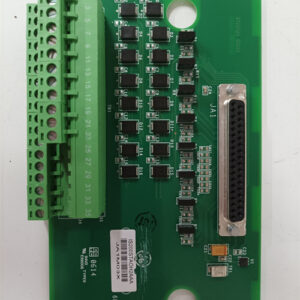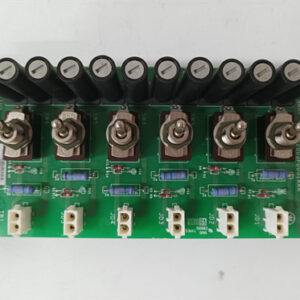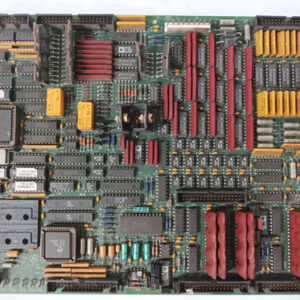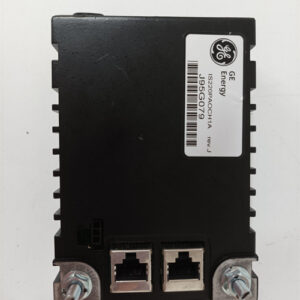الوصف
The GE IS230TPROH1C is a Trip/Protection Assembly for the GE Mark VIe control system. This is a complete, pre-configured module designed to handle high-priority signals that trigger an immediate and safe shutdown, or “trip,” of a turbine or other industrial equipment to prevent damage.
Key Features
- Trip/Protection Module: This module is a critical part of a turbine’s safety system. It’s configured to process high-priority signals from critical sensors that, upon reaching a setpoint, demand an immediate shutdown to prevent a dangerous condition.
- Mark VIe Integration: As part of the IS230 series, this assembly is a key component of the Mark VIe control platform, which is widely used for controlling gas and steam turbines in power generation and other heavy industries.
- Assembly: The part number signifies a complete, ready-to-install unit, consisting of both a terminal board and the specialized electronic I/O pack that processes the protection signals.
Applications
The IS230TPROH1C is used in critical industrial settings where a reliable emergency shutdown system is non-negotiable.
- Power Generation: It’s a core component in the protection logic of gas and steam turbines. It monitors critical parameters and provides the trip logic to ensure a controlled shutdown in the event of an emergency.
- Safety Instrumented Systems (SIS): The module’s design and function make it suitable for use in safety-instrumented systems, where the goal is to bring a process to a safe state when dangerous conditions are met.

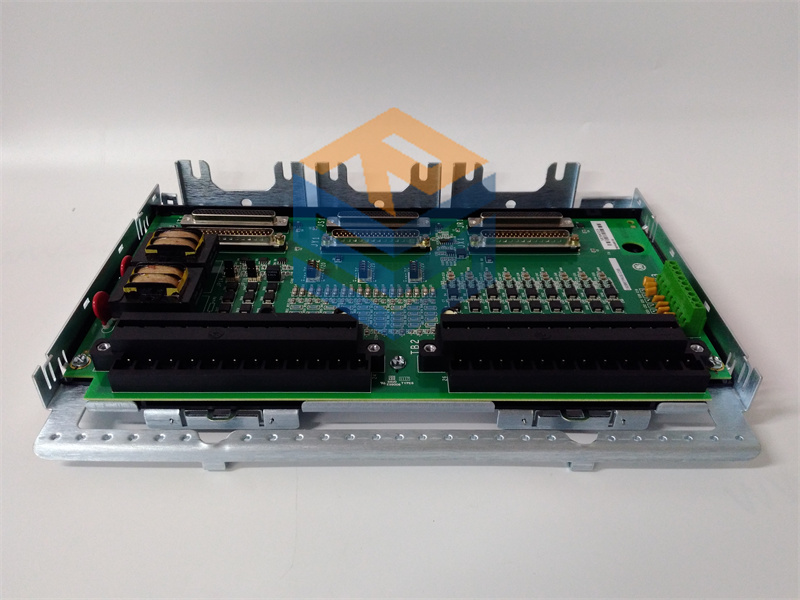

 +86 15340683922
+86 15340683922 +86 15340683922
+86 15340683922